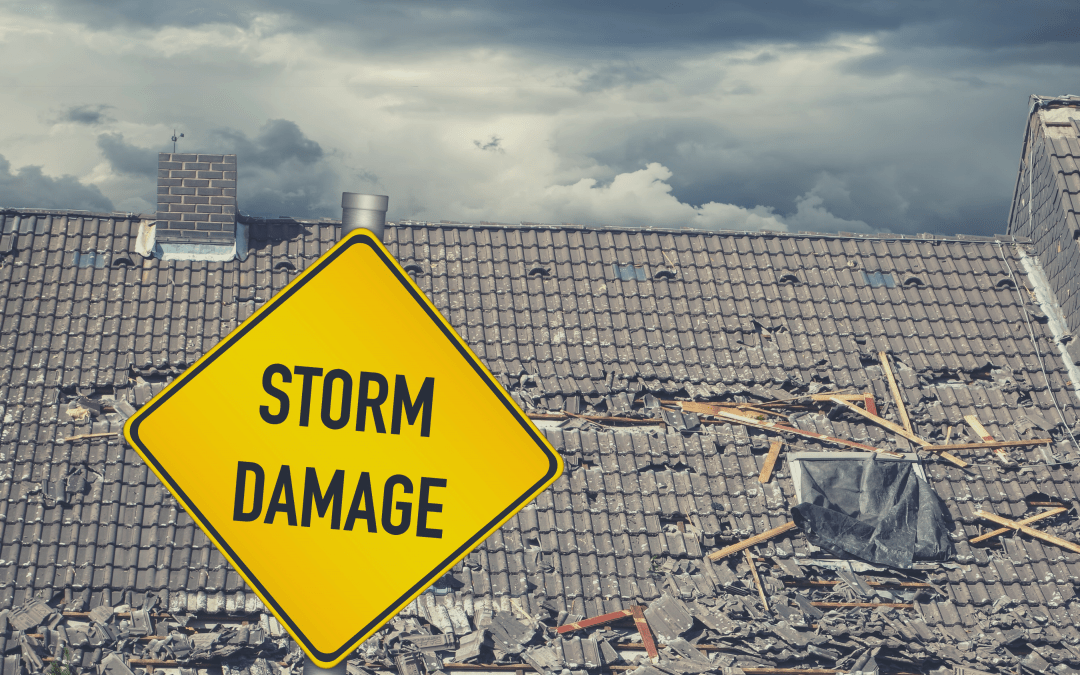Written by Gary Reinhardt, Esq.
Public adjusters and their contractor allies look for potential claims. For example, they find a roof in poor condition, inspect it, and invariably find hail or wind damage. However, just as likely, the roof has damage from other causes. Despite that, the public adjuster writes up an estimate including everything wrong with the roof, be it poor installation, rot, or wear and tear. An insurer receives this estimate, hires an engineer to inspect the roof, and determines that significant parts of the public adjuster’s estimate include damages excluded from coverage by the plain language of the policy. The insurer refuses to pay for excluded damage, so the public adjuster attempts to circumvent coverage and the policy by invoking the appraisal clause. When the insurer balks at appraising the entire public adjuster estimate, asserting that coverage/excluded damage are not appraisal issues, the public adjuster responds by citing the decision of Coates v. Erie, 79 Va. Cir. 440 (Fairfax Cir. Ct. 2009). Public adjusters claim this Circuit Court decision requires all aspects of the appraisal to go to an umpire, including items the insurer deemed excluded from coverage or not covered by the policy.
In the recent Winchester Circuit Court case of Craun v. Erie Insurance Company, (CL21-78), this exact scenario resulted in litigation. After Erie initially paid an insured’s claim, the insured returned several months later with a public adjuster, claiming hundreds of thousands of dollars in additional roof damage. Erie sent its engineer back out to the property to re-inspect. While giving the benefit of the doubt to some additional damage, Erie denied coverage for a significant part of the public adjuster’s claim because of policy exclusions. The public adjuster demanded appraisal, but Erie refused to allow uncovered/excluded damage to be submitted to the appraisal process. In response, an attorney filed a Declaratory Judgment in the name of the insured seeking to compel Erie to appraise the entire public adjuster estimate. Erie counter-claimed, seeking to limit the appraisal process to covered damages.
At trial, the public adjuster testified (the insured did not appear for trial) as did the Erie adjuster. The parties stipulated to the estimates and the insurance policy. Erie argued that allowing the entire public adjuster estimate to be the subject of appraisal would be tantamount to requiring an umpire to decide coverage or, in the alternative, the end of any process that included a partial claim denial. In response, the public adjuster argued that Coates required that his entire estimate be submitted to the appraisal process, including those damages deemed excluded from coverage by Erie.
The Court issued a written opinion, distinguishing Coates from the circumstances before it in Craun. The Court noted that the appraisal process is “’triggered only when the parties disagree as to the amount of loss, not the existence of coverage.’” Craun v. Erie Ins. Co., Final Order of Declaratory Judgment, Winchester Cir. Ct. 2021, citing HHC Assocs. v. Assurance Co. of America, 256 F.Supp.2d. 505, 510 (E.D. Va. 2003). Further, in analyzing the public adjuster’s reliance on Coates, the Court pointed out that the factual scenario was different in Coates because “the parties [in Coates] had stipulated that the Event was covered under the insurance policy.” Id., citing Coates, 79 Va. Cir. at 442. The parties in the Coates case agreed the event was the “sole cause of damage”. However, in Craun, Erie did not agree with the public adjuster’s claims that all of the damages were storm-related. Erie denied coverage for a significant part of the renewed claim based on policy exclusions.
The Honorable Judge Alexander R. Iden agreed with Erie, holding that “This Court . . . concludes that the appraisal mechanism does not apply to items declared excluded from coverage by the insurance company under the terms of the policy.” (Craun v. Erie Ins. Co., Final Order of Declaratory Judgment, Winchester Cir. Ct. 2021). The Court entered judgment in favor of Erie, limiting the appraisal process to only those damages Erie deemed covered.
This decision properly distinguished and explained Coates. Indeed, Coates never stood for the proposition that excluded/uncovered damage should be included in appraisal despite the essentially unanimous insistence by public adjusters that it did. The Craun decision provides clarity in how the appraisal process moves forward and leaves coverage issues for the Court rather than a burden for an umpire.
Craun provides good information on how to deal with claims with both covered and excluded damages. Appraisal does not interpret coverage nor should it be used to even place a value on damages excluded from coverage. The scope and method of repair of an entirely covered event is appraisable. If some damages are covered by the claimed event while other damage arose from an unrelated cause, the insurer should issue a partial denial letter specifically setting forth the damages excluded and the policy provisions that support that conclusion. Once the coverage is clearly laid out, the parties can move to appraisal for the umpire to determine the amount of covered loss, leaving interpretations of coverage for the courts, if necessary.

